A 1930s video of a woman appearing to use a mobile phone is prime material for conspiracy theories claiming ‘time travel exists.’
A 1938 video shows a woman seemingly using a mobile phone. This has sparked intrigue and controversy among conspiracy theorists and curious onlookers alike.
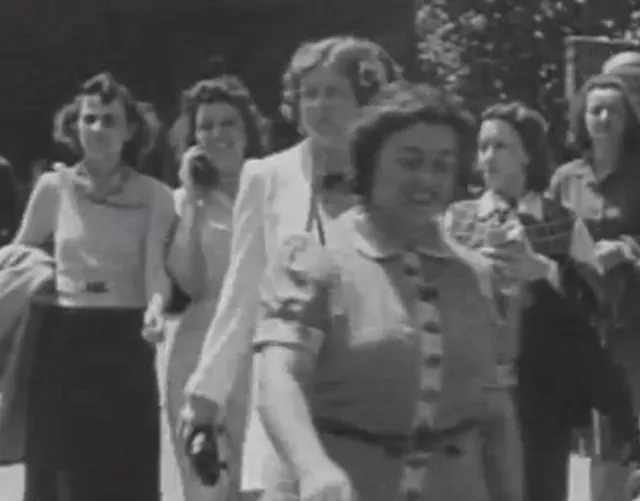
This vintage footage has led some to believe in the possibility of time travel, while others remain skeptical about its authenticity.
The Eerie 1938 Footage
The video in question, captured in 1938, features a woman dressed in period attire who appears to be speaking into an object held to her ear.
This peculiar sight has captivated viewers since it first surfaced on the internet in 2013.
The setting shows a crowd leaving a factory, adding to the mystique of the clip.
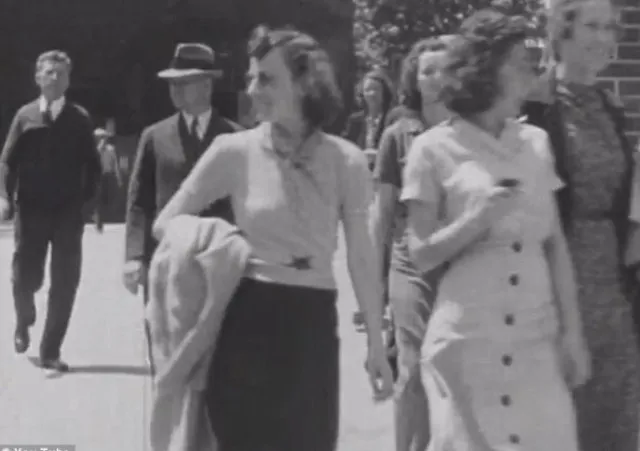
The footage gained attention when a YouTuber known as Planetcheck claimed that the woman was their aunt, Gertrude Jones.
According to Planetcheck, Gertrude was 17 years old at the time. She was participating in an experiment with wireless telephones conducted by Dupont.
Planetcheck explained that Gertrude was testing a prototype wireless phone. She was communicating with a scientist holding another device.
Examining the claims
While Planetcheck’s explanation provides a plausible alternative to the time travel theory, it remains unverified.
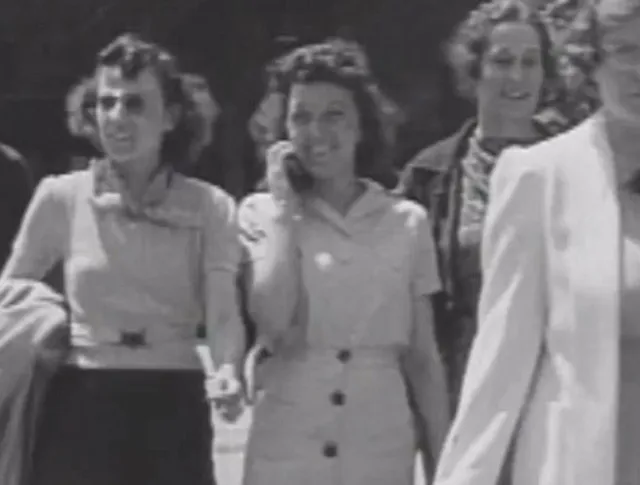
Despite being reported by several news outlets, there is no concrete evidence to confirm the authenticity of the claims.
The more likely explanation is that the object seen in the video was an early experimental device. It was not a futuristic mobile phone.
The 1860 painting controversy
In addition to the 1938 video, some point to an 1860 painting by Ferdinand George Waldmüller. They consider it another piece of “evidence” for time travel.
The artwork portrays a young woman appearing to hold an object resembling a modern smartphone.
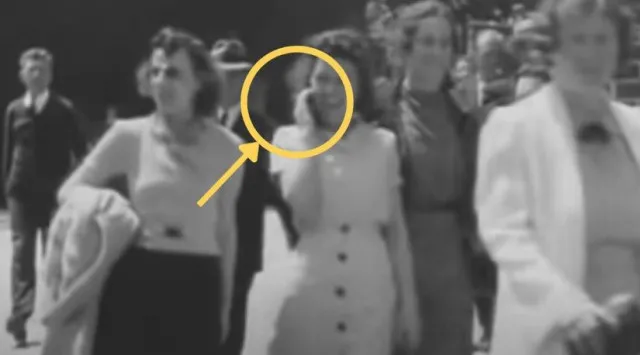
This anachronistic detail has led some to speculate that the painting is evidence of time travelers or advanced technology in the past.
Peter Russell, a retired Glasgow Government officer, commented on the painting. He noted its striking resemblance to a teenager engrossed in social media on a smartphone.
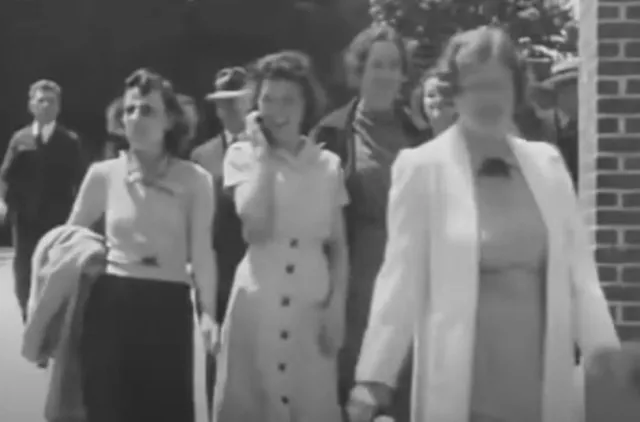
Russell argues that technological advancements have altered the interpretation of historical art. This has influenced how viewers perceive and understand these works.
While both the 1938 video and the 1860 painting present intriguing anomalies, there is no substantial evidence to support the idea of time travel.
The more likely explanations involve early experimental technologies or changes in artistic interpretation influenced by modern technology.
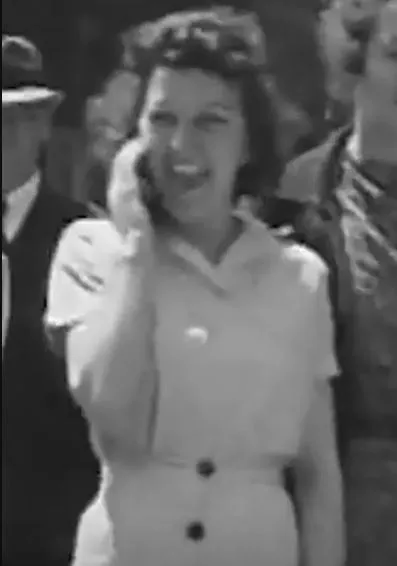
As these theories continue to captivate imaginations, they also highlight how our understanding of history and technology evolves over time.